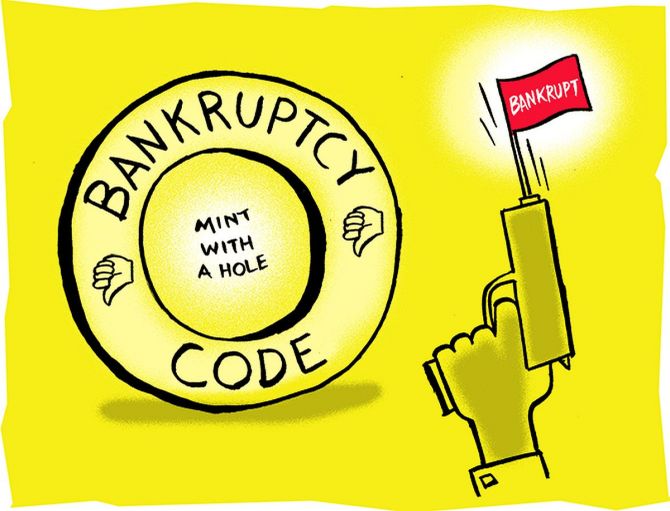In a move to plug gaps in the Insolvency and Bankruptcy Code (IBC), the ministry of corporate affairs (MCA) has proposed robust norms against avoidance transactions, wrongful trading, and inordinate delays via changes to look-back period and fixed timelines for the tribunals to reject or approve plans, among other measures.

The MCA has proposed that the IBC should provide the adjudicating authority with 30 days for approving or rejecting a resolution plan under Section 31.
If a decision is not made on the resolution plan within that period, the adjudicating authority will record reasons in writing for the same, the ministry has proposed.
The government has sought public comments on the proposal by January 13.
The Centre is of the view that delays erode the value of the corporate debtor and disincentivise potential resolution applicants from participating in the process.
“Such delays go against the objective of the Code to provide value-maximising outcomes for stakeholders,” the MCA said.
The two-year look-back period -- which starts from the date of the admission of the insolvency application -- is suggested to be extended to the date when the corporate insolvency resolution application is filed.
Experts said this move would help ensure that no one takes advantage of the timelines prescribed in the IBC.
“The resolution professional’s rights were curtailed in approaching the NCLT, despite clear evidence of wrongdoing and manipulation because the look-back period was shorter.
"The government must have realised this needed to be fixed,” said Manoj Kumar, partner, Corporate Professionals.
The look-back period refers to the time that a resolution professional, following the NCLT’s permission, can investigate for any fraudulent transaction or wrongdoing.
The MCA has also proposed that a voluntary liquidation need not require the nod of adjudicating authority.
Instead, this could be done by a special resolution or members’ resolution, and approval of creditors representing two-thirds in value of the debt.
“The liquidator may be required to make a public announcement of the closure of the process, and intimate concerned authorities, such as the Insolvency and Bankruptcy Board of India (IBBI) and the registrar.”
“While voluntary liquidation matters could be closed in one or two hearings, they are not a priority of the tribunals.
"It could take from several months to a couple of years for a voluntary liquidation to be approved,” said Anshul Jain, partner, PwC India.
As for avoidance transactions, the ministry has suggested that an explanation may be added to the Code to clarify that proceedings for avoidance of transactions and wrongful trading can continue even after the approval of a resolution plan.
“Various aspects of the process need to be closed within a fixed timeline to prevent corporate debtors or perpetrators from exploiting the purpose of the IBC regulations.
"The learning from the cases gone into the IBC is that there is a need for financial institutions to improve funding mechanisms for companies not showing obvious signs of distress,” said Srinivasa Rao, partner & leader – Risk Advisory Services, Nangia Andersen.
In another step that can pave the way for automatic admissions, the ministry has said that financial creditors may be required to submit only information utility (IU)-authenticated records to establish default for the purpose of admission of a Section 7 CIRP (corporate insolvency resolution process) application by financial creditors.
The idea is to make the admission process quicker as the NCLT will only be required to consider IU-authenticated records as evidence of default for Section 7 applications.
The corporate affairs ministry has also proposed changes to the IBC fund, so that it can support part of the expenses of resource-strapped insolvency proceedings, such as payment towards workmen’s dues or for carrying forward avoidance proceedings.
A detailed framework for contribution to and utilisation of the IBC fund will be prescribed by the government, since the present structure, it is felt, provides limited ways of utilising the amount contributed.
“The fund could also be used to provide interim finance as often operations during CIRP suffer due to lack of reasonably priced interim finance,” said Bikash Jhawar, partner, Saraf & Partners.











